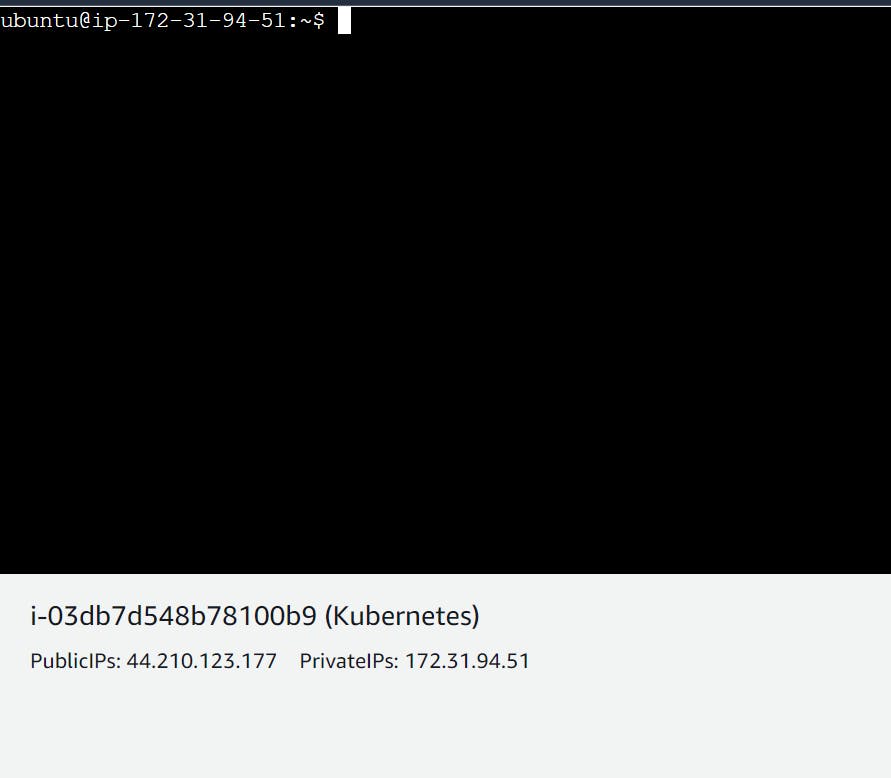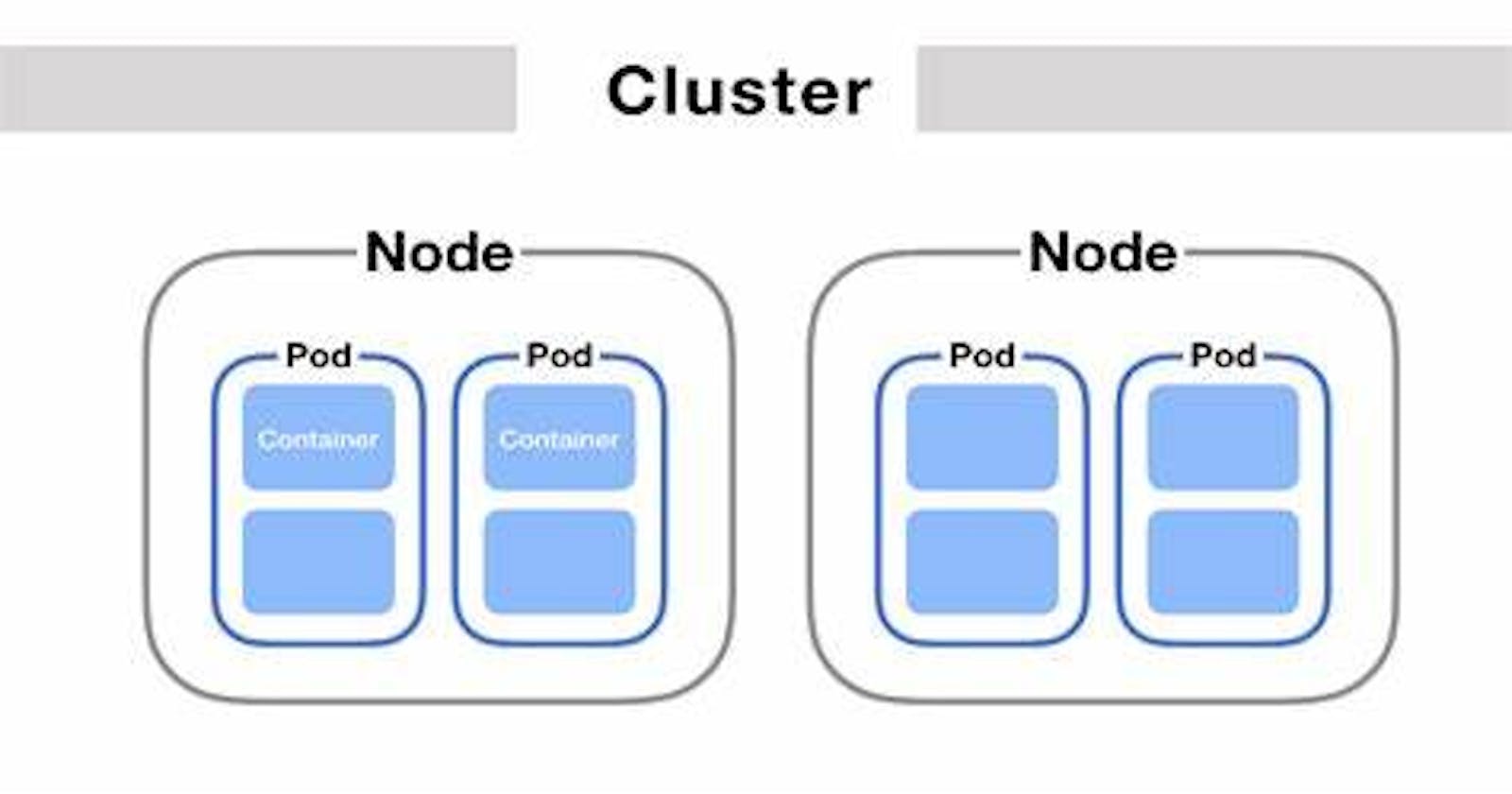How Kubernetes makes deployment easier
With Kubernetes, organizations can achieve increased efficiency and agility in their development and deployment processes, resulting in faster time to market and reduced operational costs. Kubernetes also provides a high degree of scalability, allowing organizations to scale their applications as their business grows and evolves easily.
Setting up Master and Node in Kubernetes
Pre-requisites
For the master node, if you are using an AWS instance, you will require a t2.medium instance as you will need two CPUs to run kubeadm.
For worker node, it is ok if we use t2.micro instance.
Setup
Launch both instances or ssh into the instances, whatever is convenient.



Now Install docker on both Master and node.
sudo apt install docker.io -y
sudo systemctl start docker
sudo systemctl enable docker
Also install kubeadm on both master and node.
sudo curl -fsSLo /usr/share/keyrings/kubernetes-archive-keyring.gpg https://packages.cloud.google.com/apt/doc/apt-key.gpg
echo "deb [signed-by=/usr/share/keyrings/kubernetes-archive-keyring.gpg] https://apt.kubernetes.io/ kubernetes-xenial main" | sudo tee /etc/apt/sources.list.d/kubernetes.list
Update the system
sudo apt update -y
Install Kubeadm,Kubectl and Kubelet in both Master and Node.
sudo apt install kubeadm=1.20.0-00 kubectl=1.20.0-00 kubelet=1.20.0-00 -y
Now, on both master and node, gain in superuser access
sudo su
Now in master, run kubeadm
kubeadm init

Now, run in master
export KUBECONFIG=/etc/kubernetes/admin.conf
To finish Master setup,
kubectl apply -f https://github.com/weaveworks/weave/releases/download/v2.8.1/weave-daemonset-k8s.yaml
kubectl apply -f https://github.com/weaveworks/weave/releases/download/v2.8.1/weave-daemonset-k8s.yaml
Call kubeadm to create token for node connection:
kubeadm token create --print-join-command
It will give us a token. Copy this token and take it to worker node and paste it there.
Your node will be connected to the master.
To check, go to master and type
kubectl get nodes

Running a pod
Running a Pod on Kubernetes is pretty easy
kubectl run nginx --image=nginx
By default, the kubectl run command creates a deployment and a replica set along with the pod. If you only want to create a pod without creating a deployment or replica set, you can use the --restart=Never flag:
kubectl run nginx --image=nginx --restart=Never

Now, go to worker node and check whether pod is up -
docker ps

To check pods, in master
kubectl get pods

To delete pod
kubectl delete pod nginx

We can also create a new pod from an image from docker hub using a YAML file

To run it, on master node:
kubectl apply -f pod.yml


